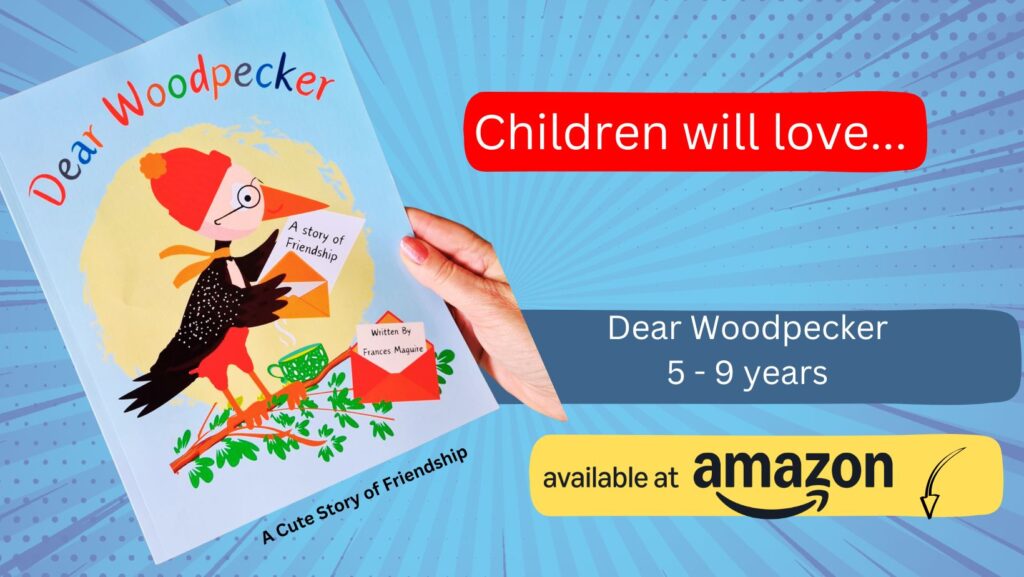Reading and the role of technology has transformed children’s experiences of the written word. Books, articles, and information are more accessible than ever. From e-readers and audiobooks to educational apps and online libraries, digital tools have reshaped the reading experience for children. But as technology continues to evolve, how is it impacting our reading habits, comprehension, and overall love for the written word? In this blog, we’ll explore the role of technology in reading, its benefits, and the challenges it presents in the digital age.

Frances Maguire
Magspens.co.uk
Frances has worked in education for 25 years. Specialising in Early Years, she has just completed a Masters in Education at Chichester University. Frances works in Hampshire teaching in Reception and KS1 classes. Frances has also taught adult education, Early Years Level 3 courses to the aspiring childcare workforce.

Reading without technology.
While reading a story to my class just before home time, I held the book up for everyone to see. The story was Goldilocks and the Three Bears. I pride myself on being a good story teller. I use lots of expression, voices and enthusiastically laugh along where appropriate. Then suddenly a child at the front asked “Can you put it on the screen please?”. I replied kindly that sharing the actual book was such a nice way to listen to the story so he should listen and I would continue.
However, on my way home I started to think about this child’s request. Was this so unreasonable? This is a generation growing up with technology I did not grow up with. The child was sat at the front. But what about those at the back? Could they see the pictures? In a world of interactive screens and colourful moving animations perhaps live story telling in front of a class does not cut it with children anymore.
Is there room for Technology alongside traditional sharing of books?

Blending technology with traditional book reading offers a rich approach to literacy development.
The National Literacy Trust acknowledges the importance of technology for young children and teens when reading See Here While classic print books provide the tactile pleasure and focused engagement that foster deep comprehension and a love for reading, technology can enhance this experience with interactive features, multimedia elements, and diverse content. E-books and audiobooks offer convenience and accessibility, allowing readers to explore a vast array of genres and authors beyond physical limitations. By using both print books and digital tools, you can create a rich and varied reading experience that supports your child’s learning and keeps them excited about reading. Below are some ideas for using technology to encourage enjoyment of books and stories.
Reading And The Role of Technology.
- E-Books and Audiobooks: Use e-readers and audiobook apps to provide a wide variety of reading materials. Audiobooks can be particularly useful for reluctant readers or for following along with a printed book.
- Interactive e-Books: Look for e-books with interactive features such as animations, sound effects, and clickable elements. These can make reading more engaging and help with comprehension.
- Digital Storytelling: Encourage children to create their own digital stories using a recorder on phones or tablets. there are many apps for this.
- Educational Games: Some games incorporate reading skills into their gameplay. For example, word games, spelling apps, and literacy-based puzzles can reinforce reading skills in a fun way.
- Online Book Clubs: Join an online book club for kids. Many websites and forums offer opportunities for children to discuss books with peers, which can enhance their understanding and enjoyment of reading.
- Virtual Library Visits: Explore digital libraries and resources. Many libraries offer online borrowing and digital collections that children can access from home.
Why traditional reading should still be the main feature.
While all the technology can help to make reading engaging it does not replace sitting and reading with children. sharing the experience, discussing the pictures or adults answering or asking questions about the story. Reading with an adult makes the experience active rather than passive. This gives the opportunity to earn so much more.
Reading books with children remains crucial for several reasons:
- Language Development: Books introduce children to new vocabulary and complex sentence structures. Hearing diverse language helps them understand and use words more effectively.
- Cognitive Skills: Reading fosters critical thinking and comprehension. Children learn to predict outcomes, understand cause and effect, and analyse characters and plots.
- Imagination and Creativity: Stories stimulate imagination. This creative thinking is vital for problem-solving and innovation.
- Emotional Understanding: Books often explore various emotions and experiences, allowing children to understand and empathise with others. It can also help them process their own feelings and reduce anxiety.
To create a balanced approach to story time in class and at home with children, that combines both technology and traditional books, I’ve found a method that works well and is class friendly. I use digital devices to show images, diagrams, and videos that enhance understanding of the book being read. However, I always keep a physical book nearby to model the enjoyment of the feel of real pages and to avoid too much screen time.

